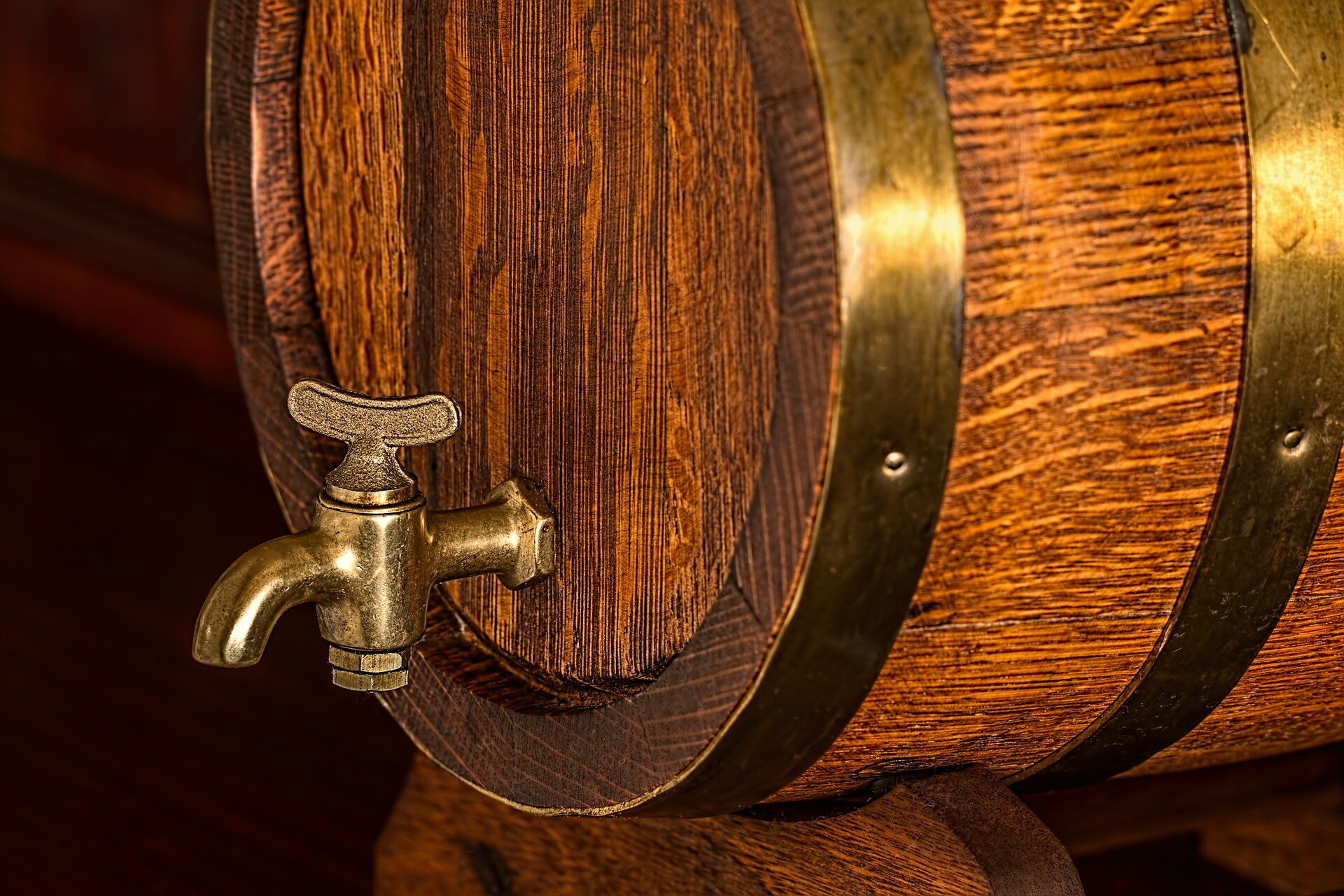
Origins
-
Ancient Beginnings
Beers is one of the oldest beverages that humans have ever produced. In fact, every culture on Earth has found a way to ferment beverages in one way or another. You can even find beer dating all the way back to ancient Egypt and Iran in the 5th millennium BC or even neolithic grog from China dating back almost 9,000 years ago. Beer and bread are even considered to be some of the reasons that human civilization was able to spread across the globe in those formative years.
So how did the first person figure out how to make beer? Truly, we’ll never know. What’s likely the case however is that someone left grains out in the rain and they began to sprout - thus beginning the malting process. Those grains were then rapidly made into bread so as not to lose the grain to the water damage, but because those plants were full of enzymes already, those starches were liquefied into sugar. Once you have that, then you have all of the building blocks you need to make beer!
Beer was also incredibly popular in these early times because it was more potable than water. Water was full of bacteria and diseases without cures so creating beer was a natural way to pasteurize that water and make it safe to drink. Beer was also used as a ritual component in many ceremonies throughout Sumeria, Egypt, and Greek (though they preferred wine) cultures.
During the following centuries, beer would be spread from civilization to civilization all developing their own techniques, flavors, and styles. By the time the dark ages hit between 500 - 1000 CE, beer hadn’t changed much. Albeit that monks were perfecting their techniques for making beer and by the year 800 the first breweries were being planned inside of monasteries. Europe became a powerhouse for brewing beer and set up many of the modern guidelines for making beer that we still see to this day! -
Industry, Commerce, and Prohibition
By the time the Industrial Revolution came about, colonization was also in full swing. Modern techniques for brewing beer were spread all over the world through the European quest for domination. With the spread of knowledge and the need to travel further distances, hops began being added to beer by the 1500s. This allowed for increased stability and a longer shelf-life for the product.
The stabilization of beer through hops, increased efficiency with the help of machines and engineering, and a growing population increasingly growing thirstier for the beverage - beer production was booming around the globe. Larger companies began to form and by 1784, the first steam-powered brewery was installed in London by Henry Goodwin and Samuel Whitbread. Fast forward twenty more years to the turn of the century and you’ll notice that more breweries had discovered this effective technique and porters were replaced by hopped ales that were being shipped all the way to India.
By the 1800s, Britain had build a huge empire of for breweries based on ales. The Americas and Europe were producing more lagers than ever before. Even Japan had built up three of its current top four breweries by 1900. However, two world wars and prohibition drastically hurt the beer industry - especially in the United States. The flavorful beers that were being made in the U.S. were reduced to cheaper production means to supply both Americans at home and at war. By the time prohibition and World War II had ended, beer barely resembled what it used to look like. Commercialism and capitalism changed the way beer was made and advertising put the nail in the coffin that led to American made beer being flavorless and flat compared to the rest of the world. -
Modern Beer & The Craft boom
When looking at craft beer in the United States, the first moment fro when the mold began to break was when Fritz Maytag, of the famed Maytag Appliances, decided to move away from the family career path. He purchased Anchor Steam brewery in 1965 and set to work at improving the beer’s quality. He began to develop special holiday releases and even what we now consider the modern IPA. Truly, he was so far ahead of his time that it took over a decade for him to turn a profit while he waited for American’s palates to wake up.
The 1980s and 1990s were an exciting time for those starting out in the beer industry. Many of the popular craft beers that we now drink today were made in brewer’s personal at-home kitchens. Longing for flavor and a way to let creativity thrive, many brewers began trying out new things as a way to break free from the overbearing large macrobreweries. This was largely due in part to President Jimmy Carter legalizing home brewing in 1979.
The first big boom for bar was in the late 1980s and early 1990s. Microbreweries were opening up all over the country. This exponential growth led to investors wanting to get in on the money side and a lot of these beers were sadly not that great and beer began to slide down the scale of popularity. Thankfully, one of the best parts of this growth was that it allowed for those who were passionate about beer to find a way to grow into their own and some amazing culinary driven beers came into existence that are now staples of the industry. These self-proclaimed beer nerds paved the way for what we are now seeing today in the rise of quality craft beers in towns all across America.
